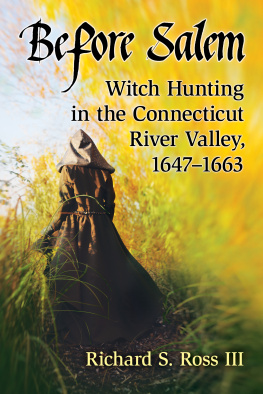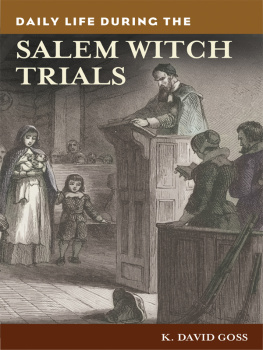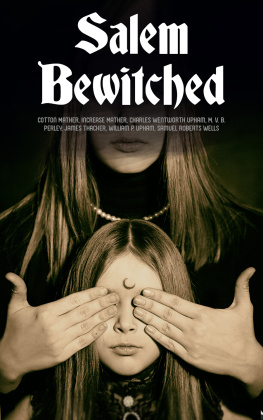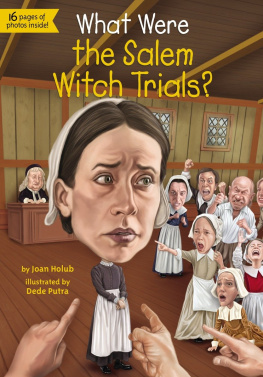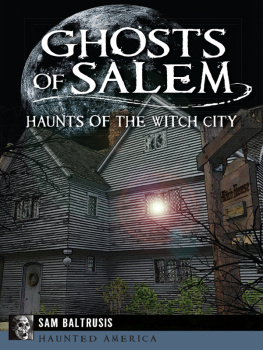First published 2010, 1998 by Pearson Education, Inc.
Published 2016 by Routledge
2 Park Square, Milton Park, Abingdon, Oxon OX14 4RN
711 Third Avenue, New York, NY, 10017, USA
Routledge is an imprint of the Taylor & Francis Group, an informa business
Copyright 2010, 199 Taylor & Francis
All rights reserved. No part of this book may be reprinted or reproduced or utilised in any form or by any electronic, mechanical, or other means, now known or hereafter invented, including photocopying and recording, or in any information storage or retrieval system, without permission in writing from the publishers.
Notice:
Product or corporate names may be trademarks or registered trademarks, and are used only for identification and explanation without intent to infringe.
Credits and acknowledgments borrowed from other sources and reproduced, with permission, in this textbook appear on appropriate page within text.
ISBN-13: 978-0-205-69029-9 (pbk)
Cover Design: Axell Designs
Library of Congress Cataloging-in-Publication Data
Le Beau, Bryan F.
The story of the Salem witch trials : We walked in clouds and could
not see our way. / Bryan F. Le Beau. 2d ed.
p. cm.
Includes bibliographical references and index.
ISBN-13: 978-0-205-69029-9
1. Trials (Witchcraft)MassachusettsSalem. 2. Salem
(Mass.)HistorySources. I. Title.
KFM2478.8.W5L432010
133.4'3097445dc22
2009000306
Between June 10 and September 22, 1692, 19 people were hanged for witchcraft in Salem, Massachusetts. One man was pressed to death, and over 150 others from 24 towns and villages went to jail, where at least 4 adults and one infant died and some remained until the following May. Compared to other witch-hunts in the Western world, it was a minor affair, or as one historian has put it, a small incident in the history of a great superstition. It was the largest of its kind in the British colonies of North America, however, and it has never lost its grip on either the popular or scholarly imagination.
Historians often protest that too much time has been spent and too many pages have been written on the Salem witch trials, but they nevertheless continue to fill library shelves with books on the subject and to engage in sometimes heated debate over its causes. And there is no indication that any of this is likely to end soon. Nor should it, as the Salem witch trials remain one of the most interesting, indeed dramatic, as well as meaningful, episodes in history. Still, we wonder how such a tragic event could have ever occurred.
It is impossible to review all of the answers historians have offered to this question. The most persuasive have pointed to the economic, political, social, and religious turmoil into which New England was plunged at the end of the seventeenth century; to New Englanders beliefs that the turmoil from which they suffered had resulted from their fall from grace as Gods chosen people, thereby making them vulnerable to a conspiracy of witches and the Devil; to the mistreatment of the Salem village youngsters who first fell victim to some form of psychic, if not spiritual, affliction, promoting uncontrollable fear on the part of some and fraud on the part of others; to the Courts inappropriate use of evidence in hearings for the accused against which there was hardly any defense; to inordinate pressure brought to bear upon the accused to confess and name their accomplices in order to escape almost certain execution; and, finally, to the failure of authorities to act earlier and more decisively when serious questions were raised regarding the conduct of the Court. These explanations are central to this book.
As far as it is possible in any single volume, this book provides a synthesis of the major schools of thought on the Salem witch trials. It goes to considerable length to place the events of 1692 into historical context, both of seventeenth-century New England and of the Great European Witch-hunt, which lasted some three centuries. Without such context, when viewed in isolation, the events of 1692 are impossible to understand. It employs a narrative format, which is intended to make the subject more accessible to the reader, to recapture some of the drama that has held people spellbound for so long, and to suggest yet another way of looking at the event. As Larry Gragg has reminded us, to fully appreciate what happened in 1692, we must explore the particular decisions made by the individuals involved and their consequences. When all other avenues of interpretation have been exhausted, we are left with the fact that individuals and individual decisions matter.
The story told in the following pages is not very different from that presented in the first edition. For the most part the narrative unfolds in much the same way with the same cast of characters. There are some important differences, however, in the form of additions, deletions, and corrections based on the considerable new research that has been done over the past ten years. That research has produced new information and interpretations and corrected several errors that have crept into the transcription of various original documents, especially through the work of Bernard Rosenthal. Further, the author has updated the bibliography. Of particular importance is the University of Virginia website, Salem Witch Trails Documentary Archives and Transcription Project, noted at the start of the bibliography. It is the most complete, comprehensive, and authoritative single collection of documents related to the Salem witch trials in any single location, real or virtual.
The first chapter of this book provides a brief history of European witchcraft. It seeks its origins in pagan antiquity and in the perspective Christians developed about the Devil during the first centuries of its formation. It shows that European witchcraft was mostly a creation of the Early Modern Period, or from the fifteenth through the seventeenth centuries, and that it was in this period that the practice of witchcraft came to be seen not only as dangerous but also heretical and threatening to church and state. The concluding pages of focus on witch-hunts in England, in reference to which the most direct comparisons can be made to developments in New England.
narrows our focus to seventeenth-century America. After some brief allusions to the fate of supposed witches in the Spanish, French, and Dutch, as well as other British, colonies it discusses the treatment of witches in New England. Two points are made. First, that what was commonly believed to be witchcraft was practiced in seventeenth-century New England, as it was elsewhere in the Western world. Second, although what happened in 1692 far exceeded anything that occurred before in New England, there were precedents for the Salem witch trials. The chapter concludes with some discussion of those precedents, as well as of the state of affairs in the second half of the seventeenth century that led colonists to conclude that they were the victims of diabolical assault.
discusses the origins of the Salem witch trials. It begins by exploring the difficulties Salem village faced in the closing decades of the seventeenth century. It explains the problems the Reverend Samuel Parris had with his congregation and community, and the goings-on in his home during the winter of 16911692 that sparked the flames that consumed Salem village. It concludes with an account of the initial terrors of the young women of Salem village and the first charges of witchcraft they brought against the most likely suspects.
contains an account of developments in Andover, Massachusetts, the site of the single largest witch-hunt outside of Salem.


